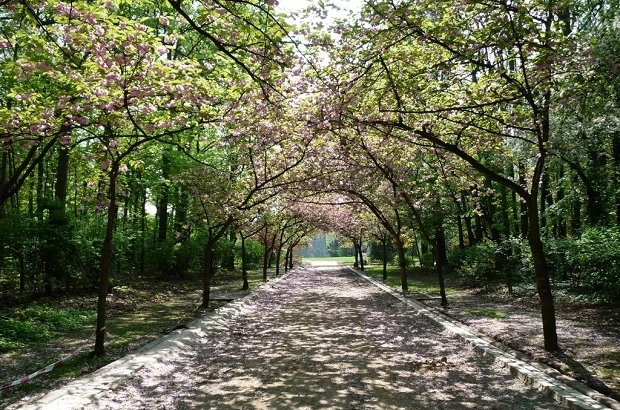- Daily & Weekly newsletters
- Buy & download The Bulletin
- Comment on our articles
Schaerbeek faces challenge of rats and toxic plants
Schaerbeek’s Josaphat park, the commune’s green lung with its lakes, wooded areas, follies, bridges, even an archery field, draws people from all over the city to walk, rest or play.
But, especially in the last few months, the huge green space has also attracted less popular visitors – an increasing number of rats.
“Every time we go for a walk we see rats,” one mother said. They are easy to spot in the undergrowth, crossing paths or even right in the middle of the lawns. “We used to see one every month, but now we see rats every time I visit.”
Rats are neither shy, nor apt to flee as soon as they see a human. Passers-by worry that they might bite them or spread disease.
“In our imagination, the rat is a reference to the plague in the Middle Ages. You have to put that into perspective,” said Schaerbeek’s Ecolo party alderman Vincent Vanhalewyn, who is in charge of rat control.
“Rats do not carry as many germs. They are even useful in the city for cleaning up the sewers,” he said, as a recent exhibition in Brussels Sewer Museum showed.
Schaerbeek commune, which has noted the increased rat population in recent years, says it is carrying out rat control campaigns using rat poison or sterilisation to prevent the rodents proliferating.
“The results of these campaigns vary, but we do manage to regulate the population and control its expansion,” Vanhalewyn said.
Rats are not the only issue Schaerbeek is combatting on the environmental front. Datura, known as “devil’s grass”, has been reported in several places in the commune, including Avenue des Glycines, next to Josaphat park.
With its pretty, white funnel-shaped flowers, large green leaves and small black seeds, Datura can easily be mistaken for edible plants.
But it is highly toxic, especially the seeds, which contain alkaloids. If ingested, even in small quantities, there is a risk of poisoning, Belgium’s poison control centre’s Regine Pire explains.
“The first symptoms may appear after about 15 minutes,” the pharmacist said. “These are dilated pupils, dry mouth, red face, accelerated heart rate, confusion, agitation, disturbed balance, fever, vomiting and, more rarely, convulsions.”
Datura, which disappears completely in winter but returns in spring, grows everywhere: in gardens, fields and wasteland. But in Brussels, the plant, which is also hallucinogenic, is not considered an invasive species.
“At this stage, its presence is not a cause for concern, but we remain vigilant, because this plant, which originated in Mexico and the United States, is toxic and can spread quickly, as is the case in France, for example,” said Brussels Environment spokeswoman Pascale Hourman.
Gardening expert Simon de Witte told RTL that if anyone does touch the plant, they should wash their hands immediately.
Under no circumstances should they rub their eyes, as they are such a sensitive part of the body. In the event of poisoning, it is advised to contact the poison control centre on 070 245 245.



















